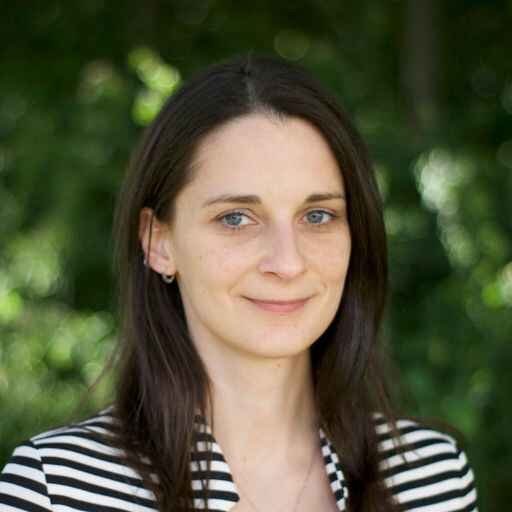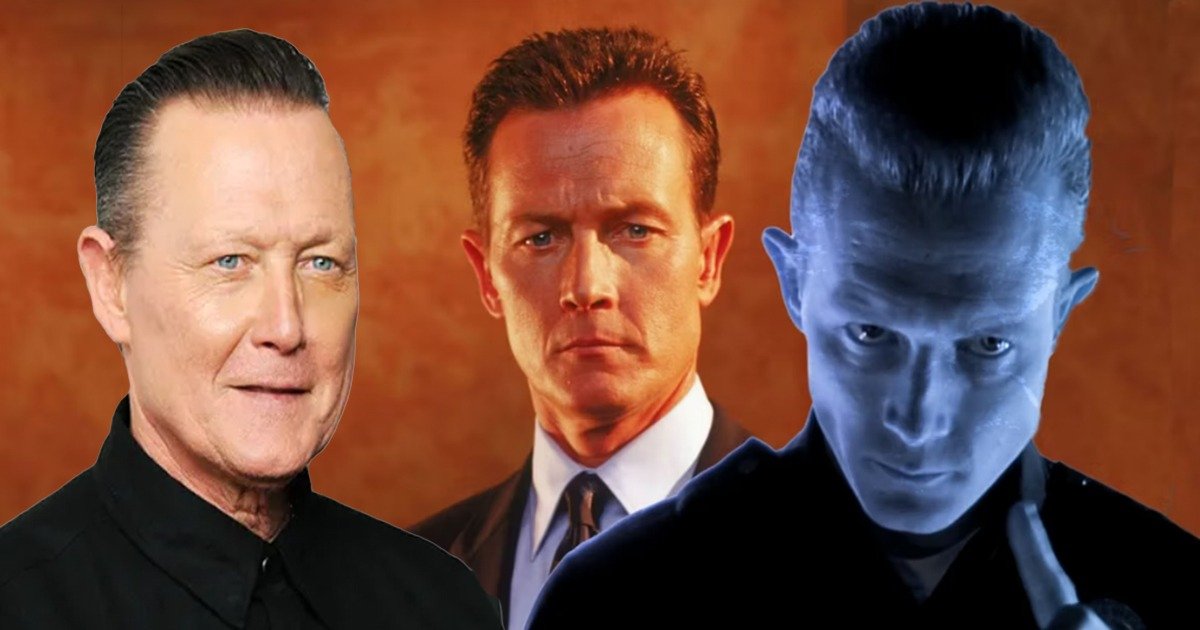Robert Patrick is an actor whose name is synonymous with intensity, versatility, and a career that has spanned over four decades. Most famously known for his role as the relentless T-1000 in Terminator 2: Judgment Day, Patrick has carved out a niche in Hollywood as a character actor who brings an unparalleled dedication to each role he plays. However, his career is not defined solely by this iconic part; it is a tapestry woven with a variety of performances that highlight his range, depth, and commitment to his craft.
Early Life and Upbringing
Robert Hammond Patrick Jr. was born on November 5, 1958, in Marietta, Georgia, into a family that valued hard work and determination. His parents, Nadine and Robert Patrick Sr., were instrumental in shaping the values that would guide him throughout his life. Patrick was the eldest of five siblings, growing up in a household where responsibility and self-reliance were emphasized.
From a young age, Patrick exhibited a strong sense of independence and a rebellious streak, which would later become defining characteristics in his acting roles. When Robert was young, his family moved to Dayton, Ohio, where he spent most of his childhood. He attended Farmington High School in Michigan, where he excelled in sports, particularly football. Patrick’s athletic prowess earned him respect among his peers, but his interest in acting did not surface until much later in life.
Turning Point: A Life-Changing Incident
After graduating high school in 1977, Robert Patrick attended Bowling Green State University. However, his time in college was cut short when he dropped out before completing his degree. The decision to leave college was prompted by a life-altering event—a near-death experience during a sailing trip on Lake Erie. Patrick, who had been working as a house painter to make ends meet, found himself in a dire situation when the boat he was on capsized, leaving him stranded in the freezing waters for hours. This harrowing experience forced him to re-evaluate his life and priorities.
The incident became a turning point for Patrick, leading him to pursue a career in acting. He realized that life was too short to not follow his passion, and he decided to move to Los Angeles to chase his dream. With little more than determination and a desire to succeed, Patrick embarked on a journey that would eventually make him a household name.
Early Struggles in Hollywood
Robert Patrick’s entry into Hollywood was anything but easy. Like many aspiring actors, he faced numerous rejections and had to take on various odd jobs to support himself while pursuing his acting career. He worked as a bartender, house painter, and even as a chauffeur to make ends meet. Despite these challenges, Patrick remained focused on his goal, knowing that perseverance was key to breaking into the industry.
Patrick’s early years in Hollywood were filled with small roles in low-budget films. He made his film debut in 1986 with a small part in the science fiction movie Warlords from Hell. Though the role was minor, it provided Patrick with valuable experience and a foot in the door. His big break came in 1989 when he landed a role as one of the terrorists in Die Hard 2. Although his character, O’Reilly, was not a major one, it marked a significant step forward in his career, showcasing his ability to portray tough, menacing characters.
The Iconic Role: The T-1000 in Terminator 2
In 1991, Robert Patrick was cast in the role that would define his career—the shape-shifting, liquid-metal T-1000 in James Cameron’s Terminator 2: Judgment Day. The film was a massive success, both critically and commercially, and Patrick’s portrayal of the T-1000 catapulted him to international stardom.
The T-1000 was a groundbreaking character in terms of both special effects and the level of menace it brought to the screen. Patrick’s portrayal was chilling, with his cold, unblinking stare and relentless pursuit of his targets. To prepare for the role, Patrick underwent rigorous physical training, including running practice to perfect the T-1000’s mechanical, inhuman sprint. He also trained in martial arts to give the character a fluid yet robotic movement style. His dedication to the role was evident in every scene, and the T-1000 became one of the most memorable villains in cinematic history.
The success of Terminator 2 opened many doors for Patrick, but it also posed a challenge: avoiding being typecast as a villain. While the role of the T-1000 brought him fame, Patrick was determined to prove that he was capable of much more.
Breaking the Mold: Roles Beyond the Villain
After the success of Terminator 2, Robert Patrick was inundated with offers, many of which were for similar villainous roles. However, Patrick was determined not to be pigeonholed. He sought out diverse roles that would allow him to showcase his range as an actor.
Throughout the 1990s, Patrick appeared in a variety of films that demonstrated his versatility. In Fire in the Sky (1993), he played Mike Rogers, a man grappling with the mysterious disappearance of his friend in a supposed alien abduction. The role allowed Patrick to explore a more emotional and vulnerable side, showcasing his ability to portray complex, multi-dimensional characters.
In Cop Land (1997), Patrick played Jack Rucker, a corrupt cop in a town filled with moral ambiguity. The film, which starred Sylvester Stallone, Robert De Niro, and Harvey Keitel, was a departure from the action-heavy roles Patrick had previously taken on. His performance was praised for its nuance, further establishing him as a versatile actor capable of tackling a wide range of genres.
In addition to his film work, Patrick also made a significant impact on television. In 2000, he joined the cast of The X-Files as Special Agent John Doggett, replacing David Duchovny as the lead alongside Gillian Anderson. This role was a significant departure from his previous work, as Doggett was a skeptical, no-nonsense character who brought a new dynamic to the show. Patrick’s portrayal of Doggett was well-received by both fans and critics, and it proved that he could carry a major television series.
Continued Success in Television
Robert Patrick’s success on The X-Files opened the door to more television opportunities. In 2005, he starred in the CBS series The Unit, playing Colonel Tom Ryan, the leader of a top-secret military unit. The show was a hit, running for four seasons, and Patrick’s portrayal of Colonel Ryan was praised for its authenticity and intensity.
Patrick’s television career continued to thrive, with notable roles in shows like Sons of Anarchy and True Blood. In Sons of Anarchy, he played Les Packer, the president of a rival motorcycle club, while in True Blood, he portrayed Jackson Herveaux, a werewolf and the father of one of the main characters. Each role was unique, showcasing Patrick’s ability to adapt to different genres and character types.
In 2014, Patrick landed a lead role in the CBS series Scorpion, where he played Agent Cabe Gallo, a federal agent who oversees a team of geniuses working to solve complex, high-stakes problems. The show was a success, running for four seasons and further establishing Patrick as a reliable and compelling television actor.
Personal Life and Family Values
Despite his tough on-screen persona, Robert Patrick is known for his down-to-earth nature and strong family values. He married actress Barbara Hooper in 1990, and the couple has two children, Samuel and Austin. The family is close-knit, and Patrick often speaks about the importance of family in interviews.
Patrick’s commitment to his family is evident in the way he balances his demanding career with his personal life. He has always made it a priority to be there for his wife and children, even as his career has taken him all over the world. In interviews, Patrick has credited his wife, Barbara, for being his rock and supporting him through the ups and downs of his career.
In addition to his family, Patrick is also passionate about motorcycles. He is an avid motorcyclist and often participates in charity rides and events. His love for motorcycles is well-known, and he has even incorporated it into some of his roles, such as in Terminator 2, where he famously rode a police motorcycle in one of the film’s most iconic chase scenes.
Charitable Work and Community Involvement
Robert Patrick is also deeply committed to giving back to the community. He is a dedicated supporter of the United Service Organizations (USO), an organization that provides support to military personnel and their families. Patrick’s involvement with the USO is personal, as his father was a veteran, and he has a deep respect for those who serve in the armed forces.
In addition to his work with the USO, Patrick is also involved with various other charitable organizations. He has participated in charity motorcycle rides to raise money for veterans and has been a vocal advocate for mental health awareness. Patrick’s dedication to philanthropy is a reflection of his belief in the importance of helping others and using his platform for good.
The Legacy of Robert Patrick
Robert Patrick’s career is a testament to the power of perseverance and the importance of staying true to oneself. Over the years, he has built a reputation as one of Hollywood’s most dependable and versatile actors. His ability to bring depth and intensity to every role, whether as a villain, hero, or something in between, has earned him a place in the annals of film and television history.
Patrick’s impact on the industry goes beyond his roles. He has inspired countless actors with his work ethic and dedication to the craft. His story is one of resilience, showing that success in Hollywood is not just about landing
the right role, but about the determination to keep pushing forward, even in the face of adversity.
As he continues to take on new and challenging roles, Robert Patrick remains a force to be reckoned with in Hollywood. His legacy is not just the characters he has portrayed, but the passion and integrity with which he has approached his career. Robert Patrick is more than just the T-1000; he is a relentless force of nature, both on and off the screen.

I’m Emma Rose, the founder of tryhardguides.co.uk, and a content creator with a passion for writing across multiple niches—including health, lifestyle, tech, career, and personal development. I love turning complex ideas into relatable, easy-to-digest content that helps people learn, grow, and stay inspired. Whether I’m sharing practical tips or diving into thought-provoking topics, my goal is always to add real value and connect with readers on a deeper level.
Discover more from Try Hard Guides
Subscribe to get the latest posts sent to your email.

